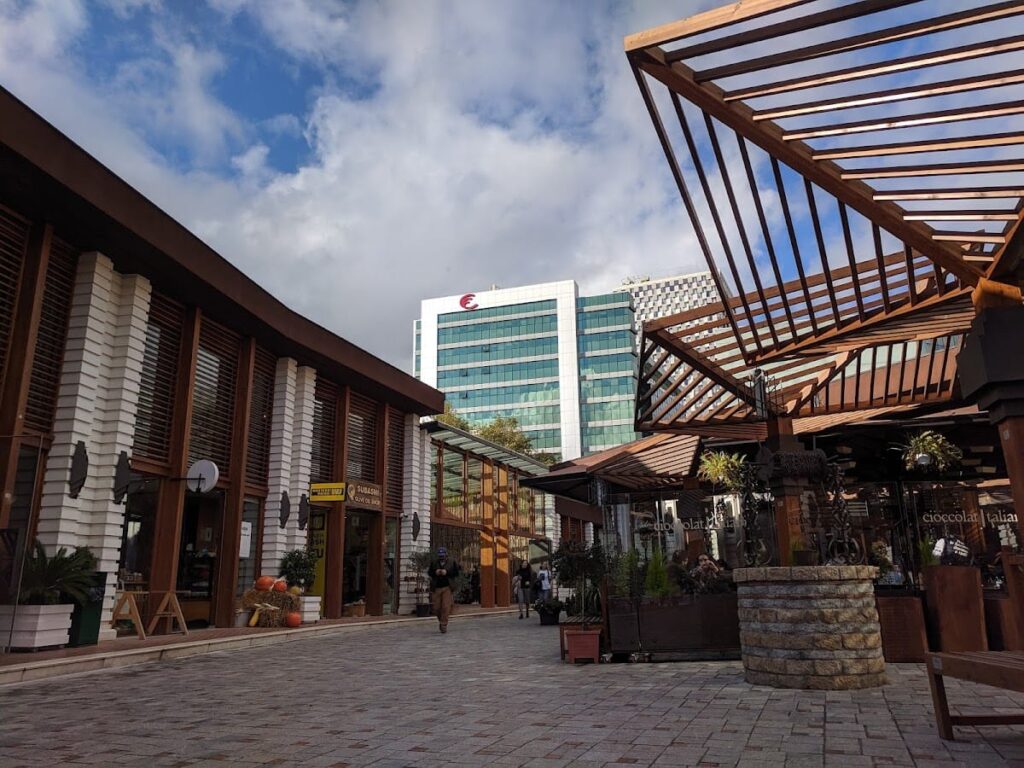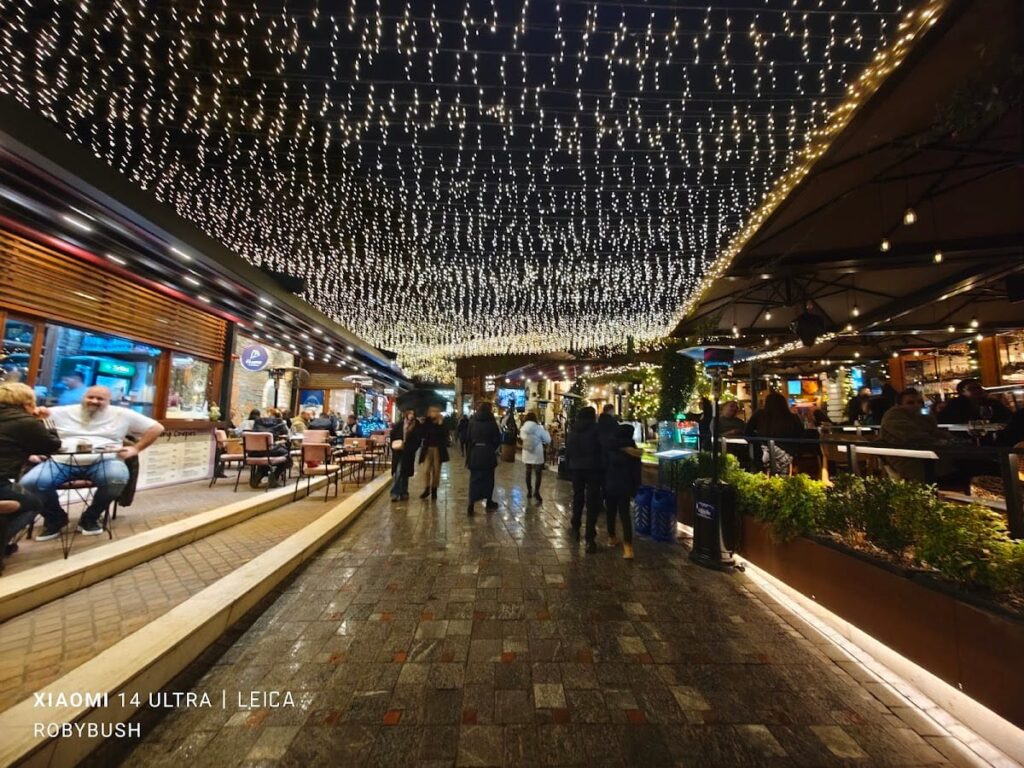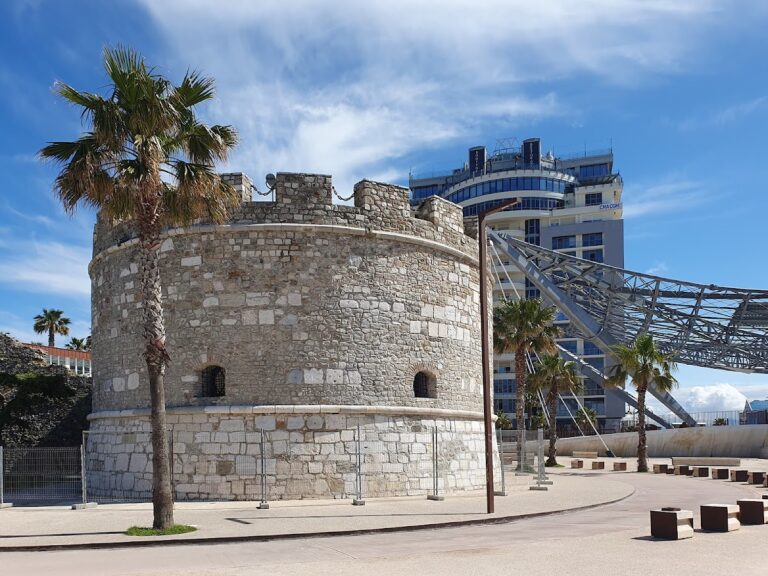Tirana Castle: A Historic Fortress in Albania
Visitor Information
Google Rating: 4.4
Popularity: Medium
Google Maps: View on Google Maps
Official Website: kalajaetiranes.al
Country: Albania
Civilization: Byzantine, Ottoman
Remains: Military
History
Tirana Castle, situated in the heart of Tirana, Albania, originated during the Early Byzantine Period, between the 4th and 6th centuries. It is believed to have been constructed or reconstructed under the reign of Emperor Justinian I in the 6th century, serving as a strategic fortification in the region. The fortress marked a crucial crossroads where the main east–west and north–south routes intersected, establishing its importance in controlling movement and trade.
In the late 18th century, under Ottoman dominion, Ahmet Pasha Bargjini erected a new castle atop the remains of the earlier Byzantine fortress. This structure became a focal point of rivalry between the Bargjini and Toptani families. In 1798, the Toptani clan seized control of the castle, intensifying local power struggles. The conflict culminated in a prolonged siege lasting five months in 1817, during which the fortress and the adjacent town suffered extensive damage.
Following their victory, the Toptani family undertook partial reconstruction of the castle and sought to stabilize relations by intermarrying with the Bargjini family. Despite these efforts, the castle’s military significance declined, and in 1832, the Ottoman Grand Vizier Reşid Mehmed Pasha ordered its demolition. Although largely dismantled, the fortress’s remnants endured and were officially recognized as a cultural monument of first category in 1973. Additional wall sections discovered later received similar protection in 2008.
Throughout its history, the castle’s location remained central to Tirana’s urban development. Archaeological excavations have revealed foundational walls integrated into what is now Murat Toptani Street, a pedestrian thoroughfare. Nearby, a mosaic commemorates the centennial of Albania’s independence, linking the site to national historical memory.
Remains
The original fortress featured a rectangular plan with rounded towers at the corners and square towers along the walls. Presently, only a segment of the northern curtain wall survives, along with the foundations of the northeast corner tower and one of the wall towers. These remnants provide insight into the castle’s defensive layout.
The most prominent above-ground structure is a six-meter-high wall dating from the Ottoman period, which is partially covered by vegetation. Recent archaeological work uncovered additional wall foundations, which have been incorporated into the pedestrian Murat Toptani Street, allowing the ancient fabric to remain visible within the modern urban environment.
Within the precincts of the former castle, various buildings now serve commercial and cultural functions, including restaurants, hotels, and shops. These structures occupy the area once enclosed by the fortress walls, reflecting adaptive reuse of the historic site.










